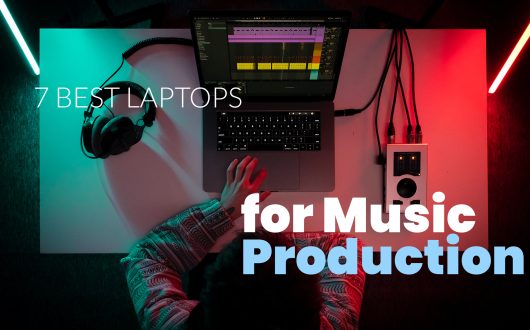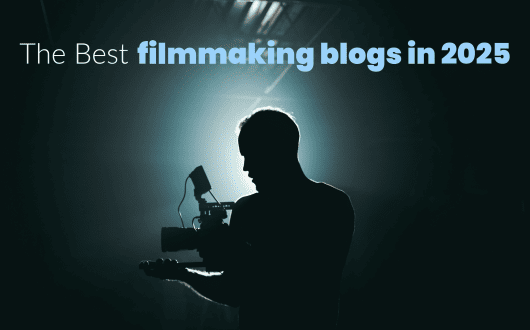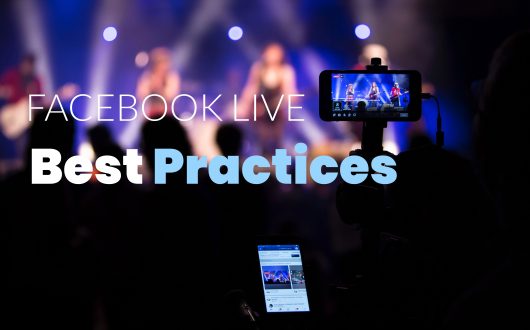
The Audio Buzz Blog
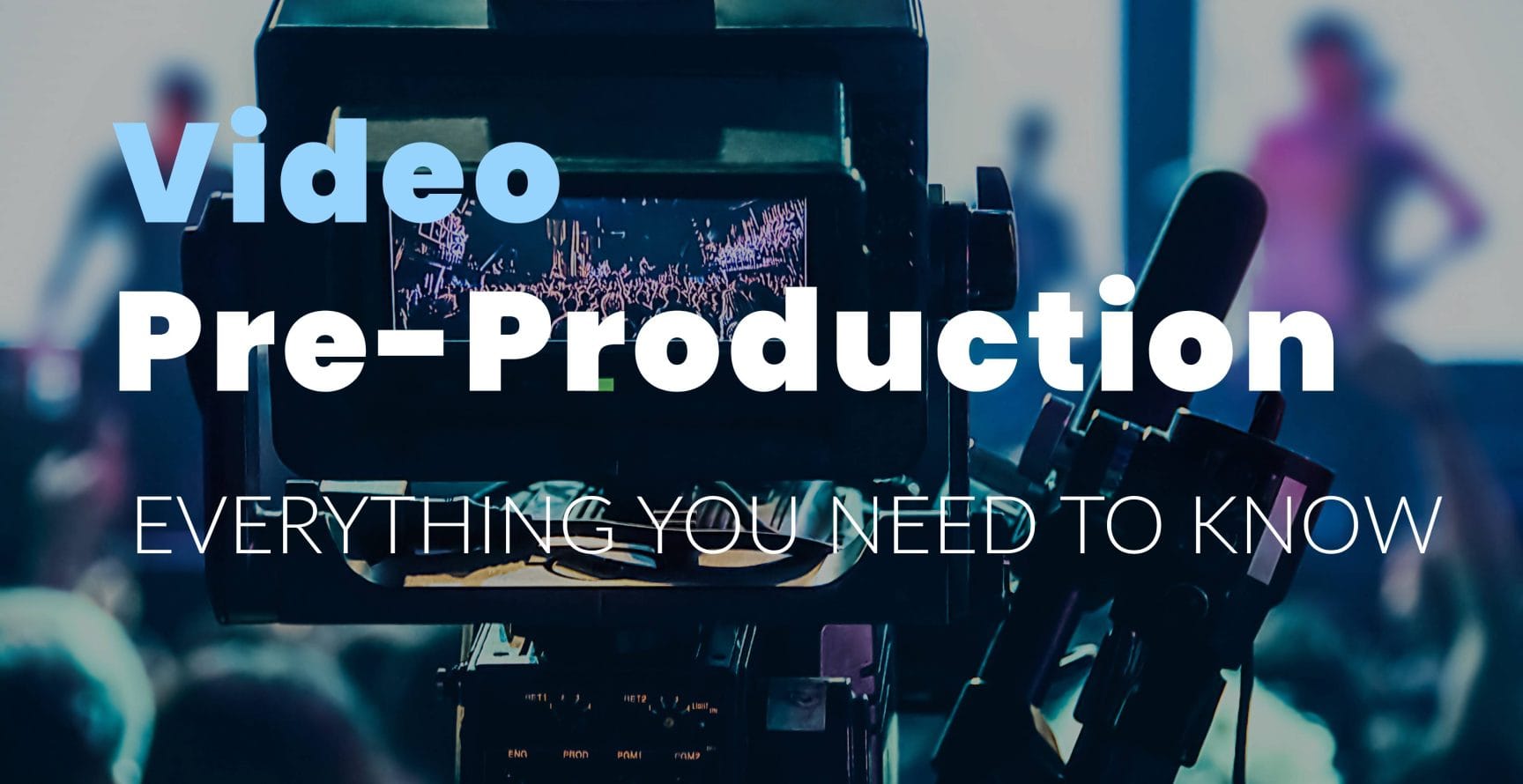
Video Pre-Production – Everything You Need To Know
Video-pre production is everything that happens before you start the actual filming. Pre-production is an essential part of any video project because it helps you stay organized during the production process.
Preparing for just about any video project can be pretty daunting. This is especially true if you’ve never attended film school.
Thankfully, you don’t need to spend four years in film school to learn how the pre-production process works. The simplest way to approach this part of the filmmaking process is to break it down into smaller pieces. After reading this blog post, you’ll become well-versed on this topic, and we’re sure it will help you improve your video production skills.
Before we get into the pre-production checklist, let’s define what this term means.
What Is Video Pre-Production?
Pre-production is a logistical and creative process of planning elements required for producing feature films, tv shows, theater plays, and just about any other creative project. This process is then followed by production and post-production.
Pre-production is an essential step in video production because it lets you figure out precisely what you’re trying to do and how you’re going to do it.
Pre-Production Checklist

Photo by Dim Hou, courtesy of Unsplash
The first step of the pre-production process is picking an idea for the video. So, let’s start from there.
1. Brainstorming
Pre-production should start with a brainstorming session. Get your team on a call so everyone can pitch ideas and get a feel for what you’re trying to make.
If you’re planning on filming a commercial, we recommend you make a list of product features and the type of person that would benefit from it.
If you’re working with video producers, make sure to include them in the brainstorming. Talk about characters, plot, story, messaging, and the style of the video. Figure out how long you want the video to be. Also, try to figure out how you want your video to differ from others based on where you plan on distributing it.
Try to conceptualize the video and add any creative notes you think might make it pop out. For instance, think about where you want your video to appear or how a particular character will be dressed.
Once you’ve put all the ideas out, start narrowing them down. Once you’ve narrowed down the list to something doable, it’s time to move on to the next step.
2. Figure Out Your Target Audience
Figuring out your target audience should be a part of your brainstorming session.
Defining your audience is a very complex process and involves building buyer personas. These are detailed descriptions of your ideal customer written in the form of a short biography.
By narrowing down your video viewer to a specific persona or personas, you’ll be able to create a much more targeted and compelling video. While you might think this is a bit convoluted, you’ll tell a more authentic and relatable story if you write your video script with a specific person in mind.
3. Construct A Clear Message
Narrowing down your audience and intimately understanding it is crucial. Therefore, making your message clear is just as necessary. Put simply, don’t cram everything into a single video.
Your company might offer different services or products, so you’ll have to produce a different video for each of them. For instance, you can make a short explainer video to demonstrate a product and produce a more complex product demo video for B2B customers.
Try to tailor a specific message that you would like the audience to pick up.
4. Legalities
Before you start shooting the video, you need to think about legalities and budget.
The first thing you need to do is form a company. Every production is a business, so before you start sending out casting calls, you need to figure out what kind of business you are.
Some people produce videos with an existing production company. Others create a new corporate entity for the entire production.
Once you’ve figured out what type of business you are, you can move on to the important stuff, such as depositing budget funds to the bank account and building your production team.
5. Budget
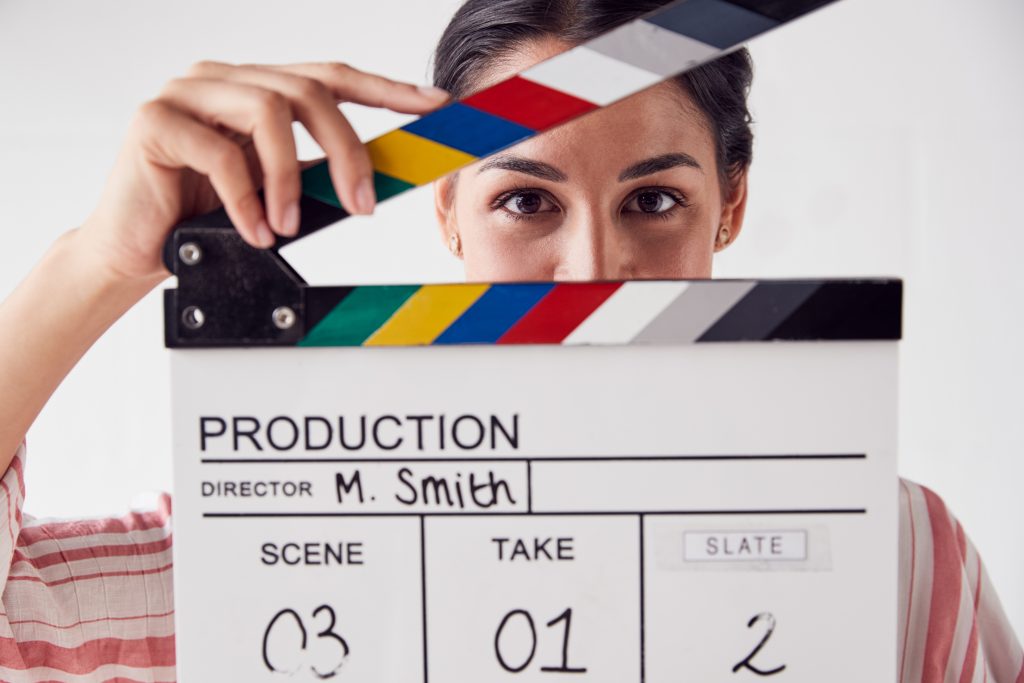
Photo by monkeybusiness, courtesy of Envato Elements
Once you have your legalities sorted out, it’s time to set a budget. This is where your script breakdown will come in handy. You can use it to create three different budgets:
Dream Budget
This is where you can dream big. Imagine a budget where the sky is the limit. Will you hire a production designer and a line producer? Are you going to use professional actors? Are you going to hire professionals for location scouting? Figure out how much everything will cost and write down that figure – this is your dream budget.
Restrained Budget
Now it’s time to do the same thing as with the dream budget, but much more restrained. Maybe instead of hiring professional actors, you can go for talented amateurs. Maybe you can do without a production manager and a production coordinator.
Figure out how much everything will cost and write that figure down.
Shoestring Budget
Lastly, it’s time to think about how you will create a video if you had little to no money at all. Instead of hiring professionals for the post-production process, you can do it yourself. Instead of exotic locations, you can use a green screen.
Your ideal budget will be somewhere between the dream and the shoestring budget. You will have to make compromises, but that’s part and parcel of every video production. Remember that you don’t need millions to soot a great video.
6. Develop a Production Schedule

Photo by tirachard, courtesy of Envato Elements
If you have the budget, you can hire a line producer so they can prepare a preliminary production schedule. The schedule is mainly dictated by your shooting schedule. This is why you’ll need to go over your shooting script breakdown to find out how many scenes you can shoot each day.
Most productions create a shooting schedule that allows them to shoot five pages of script each day. This amounts to around five minutes of screen time each day.
7. Hire Production Crew Members
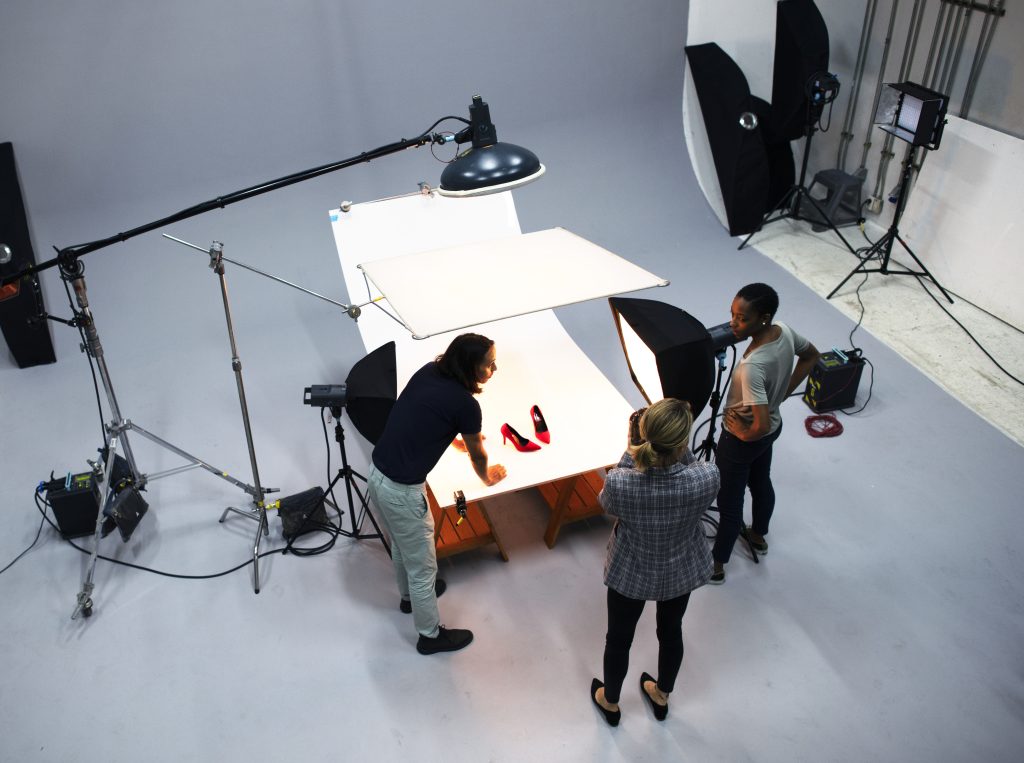
Photo by rawpixel, courtesy of Freepik
Now that you’ve gone over your budget and schedule, you’re in a good position to hire a production crew. For starters, you’ll want to hire a director, an assistant director, and a production manager.
Once you’ve secured these core crew members, you can start hiring your department heads. Depending on your budget you can hire any of the following members:
- Casting director
- Cinematographer
- Costume designer
- Director of photography
- Editor
- Gaffer
- Production coordinator
- Production designer
- Production sound mixer
- Art director
With a production crew, you will make the entire process a bit less stressful for you. You can start delegating some of the work to the department heads and give your production manager access to the bank account so you don’t have to sign off on everything.
Once you’ve assembled the crew, it’s time to start creative planning.
8. Creative Planning

Photo by xyz, courtesy of Envato Elements
With your department heads in place, your director will start with the creative planning process. The goal of this is for departments to figure out what you’ll need to film an effective video. The department heads will meet regularly and tell the line producer what they’ll need so the budget can be adjusted as the production continues.
During this process, the line producer and the production manager will be able to identify any risks. For instance, they’ll figure out whether the production designer will need extra time to build the perfect set for the final video.
9. Create A Storyboard
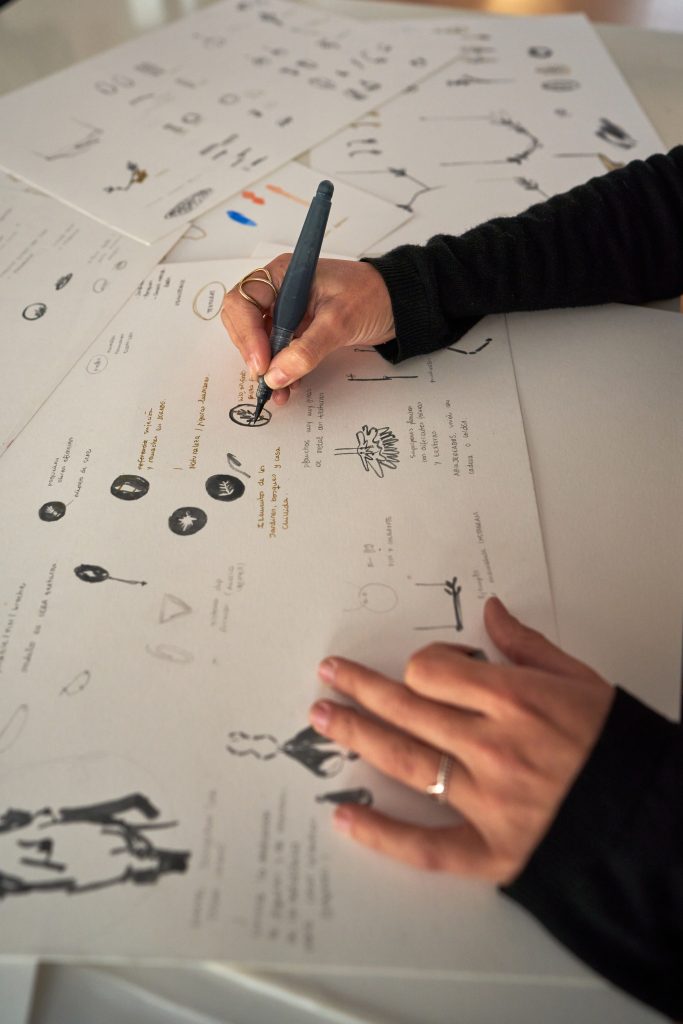
Photo by degrootestock, courtesy of Envato Elements
Storyboards are essential if you want to make a good video. So, as you’re thinking about your shot lists, you can start creating storyboards.
Storyboarding is when you and your team map out each scene in the video. This way, you can visualize your video before you turn on the camera. Thanks to storyboards, you won’t make as much as mistakes as you would without them. Simply film the scenes as they were mapped out on the storyboard and you’re golden.
If you don’t have any talent for drawing you can hire a storyboard artist to do it for you.
10. Create A Shot List
If you’ve never shot any video content you won’t believe how easy it is to get lost during shooting. If you have lots of locations, multiple actors, and a large crew, things get complicated pretty quickly.
A shot list will help you keep your entire project on track.
Before filming, a shot list will help directors collect their thoughts and build an effective filming schedule.
During filming, a solid shot list will make departments work much smoother. It will also make it easy to continue shooting if a crew member can’t attend the set.
Now it’s time to move on to the logistics.
11. Revise Your Budget And Shooting Schedule
Now that you’re a little further up the pre-production process, your line producer and production manager will have more information on how much everything will cost. This is where your production may get messy because your heads of departments can have goals that are higher than your budget.
The entire team has to pull together to help the line producer create a balanced budget.
This is also a perfect time for you to consider the emotional well-being of your crew. You want to get the work done within the budget but you don’t want the people to burn out in the process.
12. Start Booking Gear And Locations
Unless you’re filming a YouTube video, you’re going to need a lot of stuff to make your cinematographic dreams into reality.
You’re going to need filming equipment, rentals, props, set building supplies, costumes, and much more. This is mostly a job for your department heads as well as your line producers and production manager’s job.
This is also the time when your location manager starts location scouting.
13. Hire Your Production Crew And Actors
This is where things start to heat up. Your departments will begin hiring their crew members.
This is also the time for your casting director to send out casting calls and find you the talent you need.
You will have to sign union agreements and contracts if you want to bring in union members onboard your production. This will keep your production coordinator pretty busy with paperwork.
After this stage, you’re pretty much set up to start making your video. You have all the set pieces in place: crew, production staff, locations, cast, and filming equipment.
14. Rehearsals And Prepping
As you’re approaching the end of the pre-production process, there are lots of things to do.
Your director will start rehearsing the scenes with the crew. The department heads will organize their teams while your line producer, production manager, and production coordinator will develop the final production plan.
Once you have the budget and the filming schedule locked in, the cast and crew lists updated, and the call sheets prepared, you’re ready to shoot your video.
15. Sending Out Call Sheets
A call sheet is a crucial production document. It contains all the information for your shoot.
If this document is detailed enough and well written, there’s no doubt in the world you’ll make a great video. If any details are missing from the call sheet, you will run into problems during the shoot.
The call sheet allows for your talent and crew to know when they have to be on the state and the schedule for each day of shooting.
Thankfully, there are quite a few free call sheet templates you can find that set out exactly what information you need to include on your call sheet – down to the smallest of details.
Video Pre-Production – Conclusion

Photo by thananit_s, courtesy of Envato Elements
As you can see, there are quite a few things you need to plan out before you hit the record button on the camera.
Pre-production is crucial if you want to have your final video turn out the way you imagined it. Sure, you will have to make a couple of compromises later, but that’s nothing compared to the problems you can run into if you messed up this essential production step.





